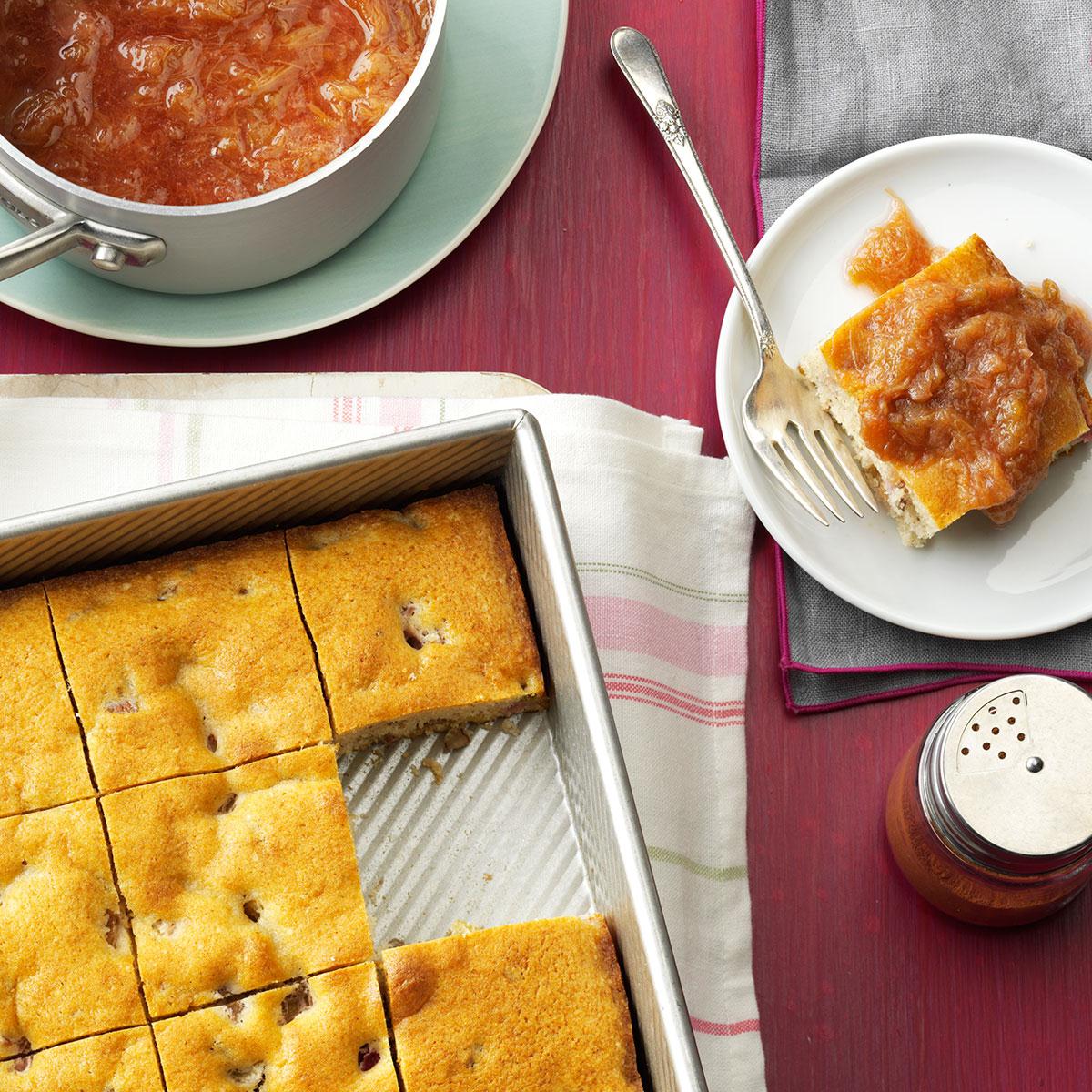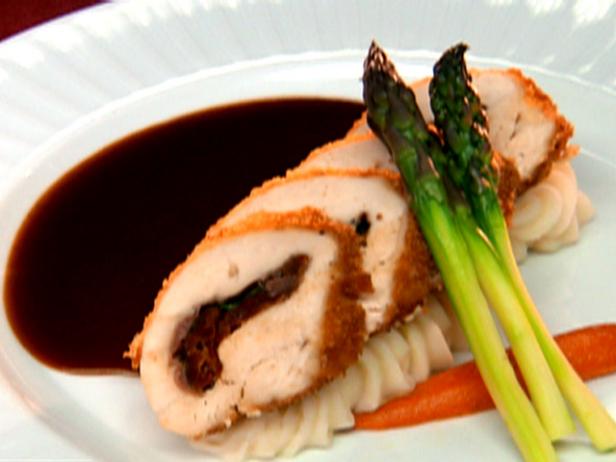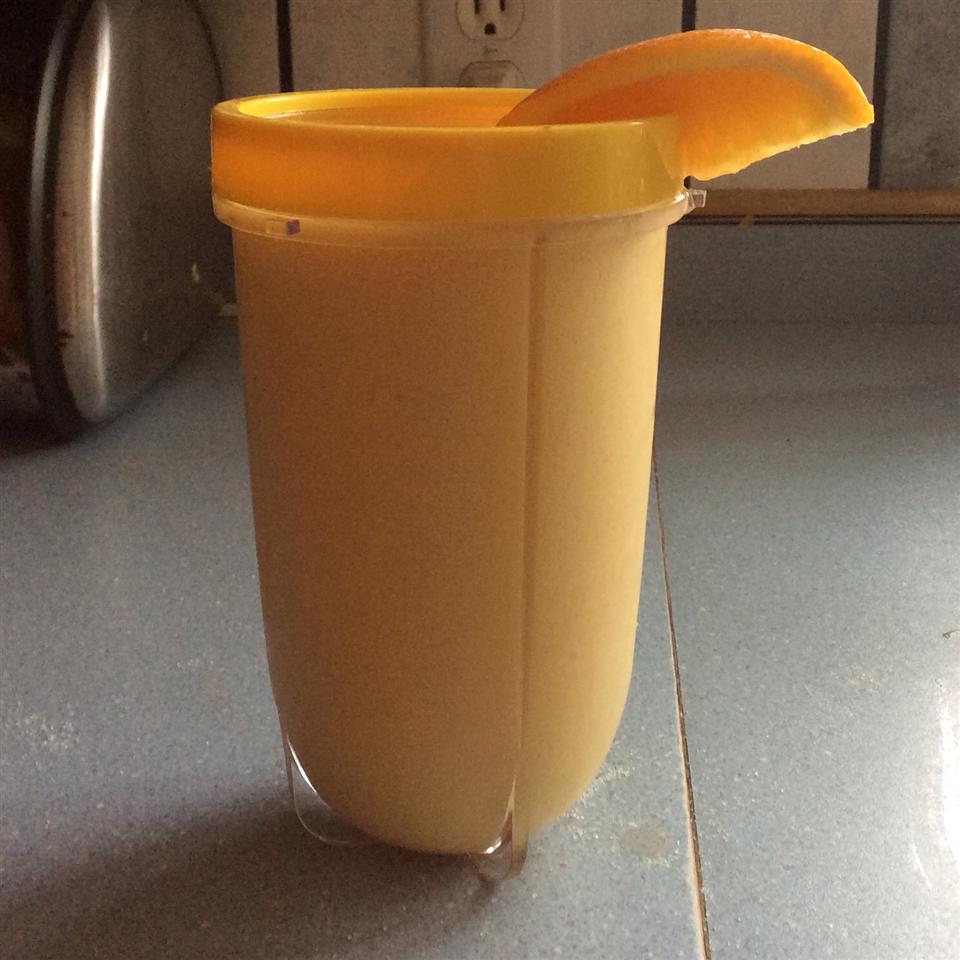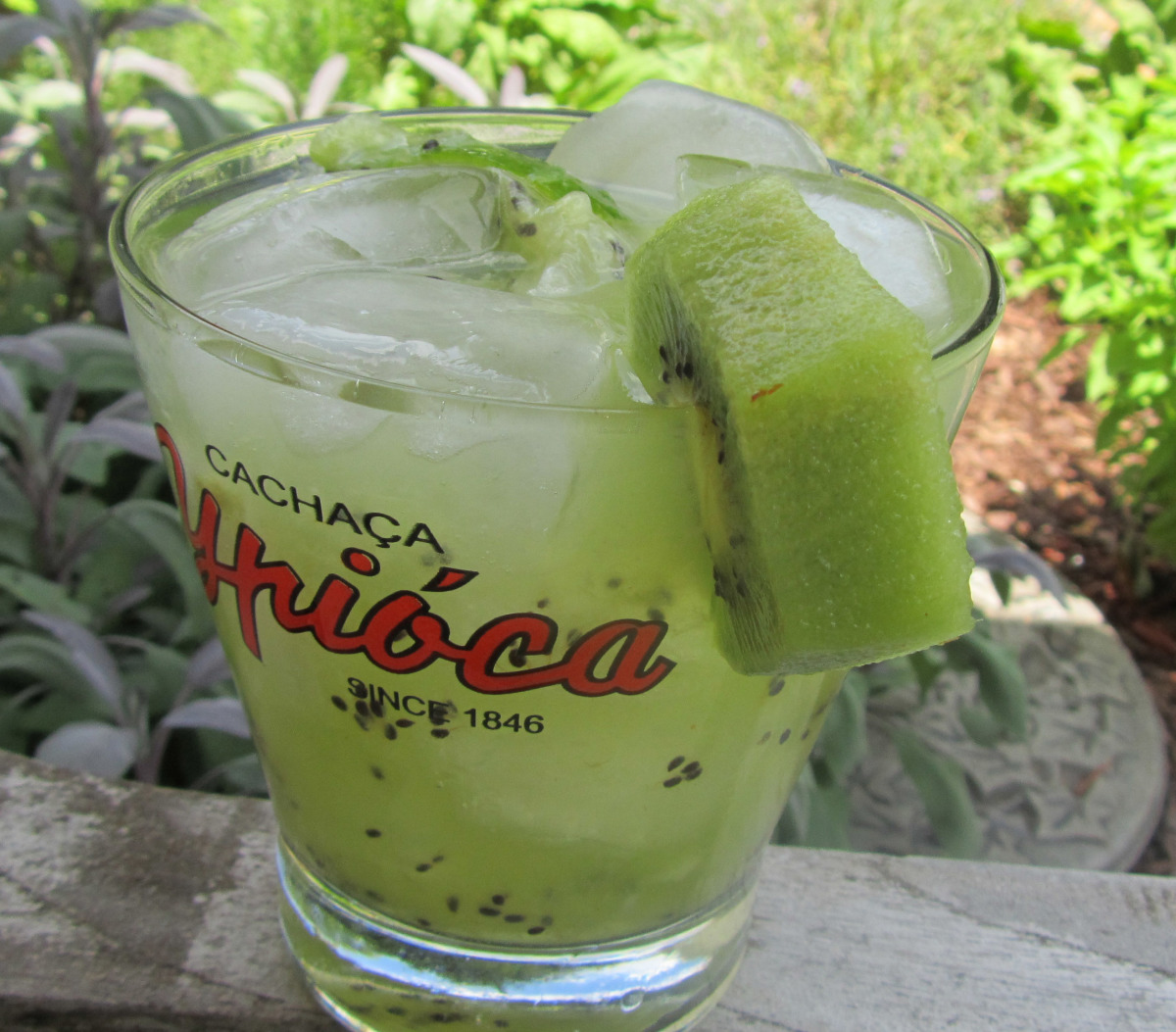Sambar Masala is a flavorful and aromatic spice blend used extensively in South Indian cuisine, particularly in the preparation of sambar, a popular lentil-based stew. This versatile masala is crafted from a harmonious blend of lentils, spices, and herbs, each contributing its unique flavor and aroma to create a symphony of taste. The lentils, typically a combination of toor dal and chana dal, provide a hearty base and a rich, earthy flavor. Coriander seeds and cumin seeds add a warm, nutty aroma and a hint of citrus, while fenugreek seeds impart a slightly bitter yet distinctive flavor. Red chilies bring a touch of heat, balanced by the sweet notes of coconut and the pungency of garlic and tamarind. Curry leaves, with their unique aroma, add a subtle depth of flavor, while turmeric lends its vibrant yellow hue and earthy taste. This carefully curated blend of spices and lentils, when combined, creates a masala that is both complex and harmonious, capturing the essence of South Indian culinary traditions.
In this comprehensive guide, we present a collection of three distinct sambar masala recipes, each offering a unique take on this classic spice blend. The first recipe introduces the traditional sambar masala, a time-honored blend that forms the foundation of countless sambar preparations. The second recipe presents a variation that incorporates roasted lentils, resulting in a deeper and more intense flavor profile. Finally, the third recipe showcases an innovative sambar masala that utilizes a combination of lentils and roasted coconut, imparting a rich, nutty flavor and a distinctive aroma. With step-by-step instructions and a detailed ingredient list for each recipe, this guide empowers home cooks of all skill levels to effortlessly create their own sambar masala, unlocking the secrets of authentic South Indian cuisine.
SAMBHAR MASALA

Raghavan Iyer, the author of "The Turmeric Trail" and teacher who was born in Mumbai and came to the United States as a young man, says there as many sambhar masalas as there are kitchens in south India. The spice mix is used to flavor sambhar, the ubiquitous thin stew of Southern India. If you can't find the curry leaves, you can leave them out, but it's worth it to search out a South Asian or international grocery or order some online. Use it in curries, stir-fries or simple dishes of roasted or grilled vegetables. It can be rubbed onto meat before grilling or stirred into mashed potatoes enriched with melted butter. The recipe can easily be doubled and keeps well. Do not refrigerate as it will cake.
Provided by Kim Severson
Categories condiments
Time 10m
Yield About 3/4 cup
Number Of Ingredients 10
Steps:
- Combine leaves, chiles, peas and spices in a bowl and drizzle with sesame oil, tossing to coat evenly.
- Heat medium-sized skillet over medium-high heat. When the pan is hot, add coated spices and toast, stirring constantly, 2 to 4 minutes, until the leaves appear dry and brittle, the chiles begin to blacken slightly, the split peas turn dark brown and the mustard seeds begin to pop. Watch carefully, so the mixture does not burn. Remove to a plate to cool.
- When spices are cool to the touch, pour half into a spice grinder. (A clean coffee grinder will do.) Grind until spices are the texture of finely ground pepper. Transfer mixture to a bowl and repeat with remaining spices. The mixture will keep at room temperature for up to 2 months in a tightly sealed container.
Nutrition Facts : @context http, Calories 152, UnsaturatedFat 6 grams, Carbohydrate 21 grams, Fat 7 grams, Fiber 9 grams, Protein 6 grams, SaturatedFat 1 gram, Sodium 14 milligrams, Sugar 2 grams
SAMBHAR MASALA

Sambhar powder, a blend of spices and lentils, is used in South Indian Dals. It is possible to buy Sambhar Powder from an Indian Grocer, but things always taste better if you make them yourself from scatch! I haven't made this yet but, personally, I would cut down on the number of chillies!! The amount it makes is an educated guess. Adapted from a recipe by Madhur Jaffrey.
Provided by Daydream
Categories Asian
Time 20m
Yield 3/4 cup
Number Of Ingredients 13
Steps:
- Heat one teaspoon of the oil in a heavy pan, over medium heat, and add the mustard seeds, fenugreek seeds, cumin seeds, black peppercorns and coriander seeds.
- Stir and roast for 3-4 minutes, reducing the heat if necessary to take care that the spices don't burn.
- Add the asafoetida and turmeric powders, stir and remove pan from the heat.
- Transfer spices to a bowl to cool.
- In the same pan, heat the remaining 2 teaspoons oil and roast the three types of lentils for a couple of minutes.
- When they start to colour add the curry leaves and dried chillies, and continue roasting until chillies have darkened, again taking care the contents do not burn.
- Add the pan contents to the bowl and cool along with the spices.
- In small batches, grind the spice mix in a clean coffee grinder until fine.
- Store in a tightly closed jar away from heat and sunlight.
- This will last from several months to a year.
Nutrition Facts : Calories 670.6, Fat 27.6, SaturatedFat 3.2, Sodium 87.5, Carbohydrate 99.1, Fiber 27.9, Sugar 40.3, Protein 26.2
SAMBHAR
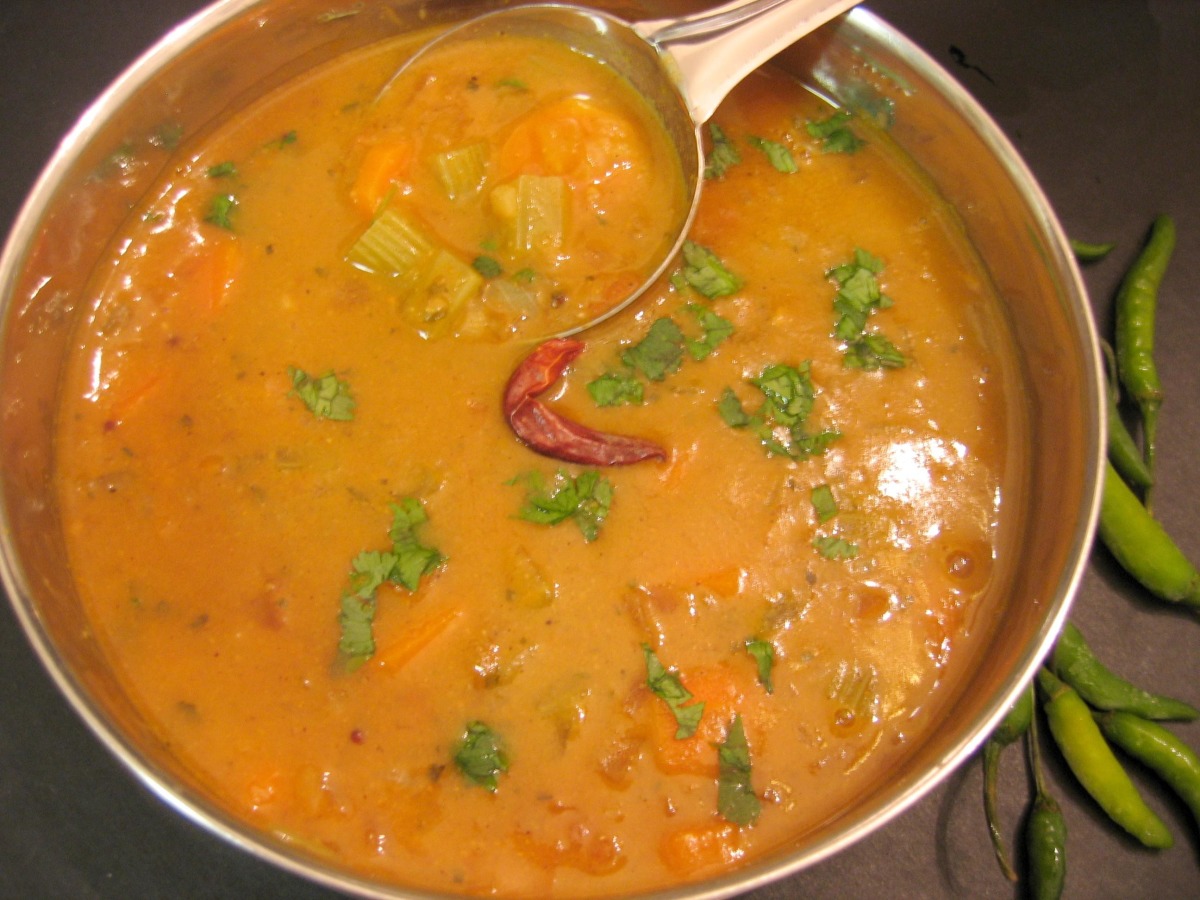
Yummy South Indian lentils and vegetables, a favourite Indian breakfast dish with idli (rice dumplings) or dosai (Indian pancakes). This recipe is not at all difficult - just assemble all the prepared ingredients before commencing to cook, and take one step at a time. I prefer to use freshly grated coconut, but unsweetened dried coconut is perfectly acceptable. Sambhar masala can be obtained from an Indian grocer, or make your own from recipe #110487 (much more fun!). I make this Sambhar with Toor dahl, and eat it with rice for the main meal of the day.
Provided by Daydream
Categories Curries
Time 1h10m
Yield 4-6 serving(s)
Number Of Ingredients 19
Steps:
- In a heatproof bowl, combine the tamarind pulp and 1 cup of boiling water, and let stand for 30 minutes. At the end of this time, squeeze and press the tamarind with your fingers to release as much pulp in the water as possible, then strain, discard the fibrous residue and seeds, and reserve the tamarind water.
- Meanwhile, place the lentils in a deep saucepan, add the 3 cups of water and the turmeric, and bring to the boil over high heat. Reduce heat to a simmer and gently cook, uncovered, until the lentils are just tender, 20 to 30 minutes. If the water evaporates too quickly, add another 1/2 to 1 cup in total.
- While the lentils are cooking, heat 2 tablespoons vegetable oil in a small skillet, and saute the mustard seeds, cumin seeds, sambhar masala, dried red chillies, asafoetida, curry leaves, garlic and coconut, until the coconut becomes a golden brown - take care not to burn. Remove from heat and set aside.
- When the lentils are tender, add the sauteed spice mix, along with the prepared vegetables, tomatoes and the tamarind water. Mix well, cover, and simmer until the vegetables are just tender. This should take 10 to 20 minutes, depending on how small or large you have diced the vegetables. As the tomatoes cook down, they should provide enough fluid to simmer the other vegetables in, but you can add another 1/2 cup water at your discretion.
- Just before serving, heat the extra oil in a small skillet, and saute the sliced garlic and fresh cilantro for 30 seconds. Pour this mixture over the sambhar and mix through gently.
- Serve immediately.
Nutrition Facts : Calories 444.5, Fat 17.5, SaturatedFat 3.6, Sodium 188.4, Carbohydrate 55.7, Fiber 12.5, Sugar 7.5, Protein 20.3
Tips:
- Choose the right lentils: Toor dal (pigeon peas) is the traditional lentil used in sambhar, but you can also use masoor dal (red lentils) or moong dal (yellow lentils).
- Soak the lentils: Soaking the lentils for at least 30 minutes before cooking will help them cook more evenly and quickly.
- Use fresh vegetables: Fresh vegetables will give your sambhar the best flavor. If you don't have fresh vegetables on hand, you can use frozen or canned vegetables.
- Don't overcrowd the pot: When you're cooking the sambhar, don't overcrowd the pot. This will prevent the vegetables from cooking evenly.
- Simmer the sambhar: After the sambhar comes to a boil, reduce the heat to low and simmer for at least 30 minutes. This will allow the flavors to develop.
- Adjust the seasonings to taste: Once the sambhar is cooked, taste it and adjust the seasonings as needed. You may want to add more salt, pepper, or chili powder.
- Garnish the sambhar: Before serving, garnish the sambhar with cilantro, mint, or grated coconut. This will add a pop of color and flavor.
Conclusion:
Sambhar is a delicious and versatile dish that can be enjoyed with rice, roti, or dosa. It's a great way to use up leftover vegetables and it's also a good source of protein and fiber. With a little planning and effort, you can easily make sambhar at home. So next time you're looking for a new and exciting dish to try, give sambhar a try. You won't be disappointed!
Are you curently on diet or you just want to control your food's nutritions, ingredients? We will help you find recipes by cooking method, nutrition, ingredients...
Check it out »
You'll also love






